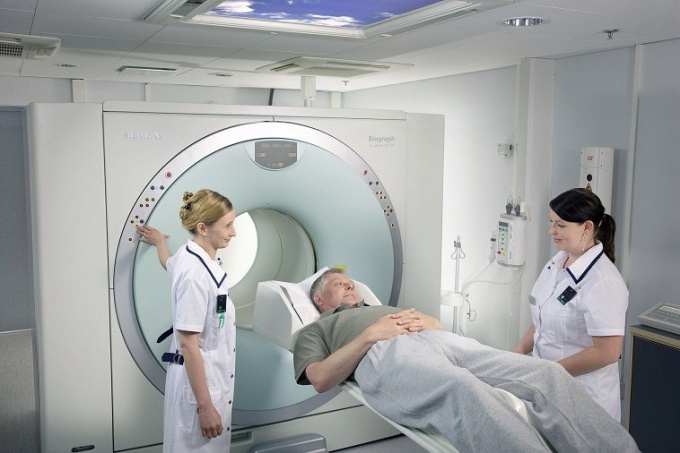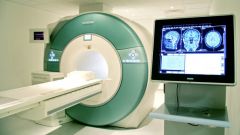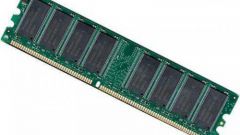What is computed tomography
The essence of this method is the resonance effect of protons in the hydrogen atoms of the human body, which is in the field of a powerful magnetic field. MRI provides the opportunity to conduct a series of layered slices in different planes.
The image obtained with the help of special equipment is handled by computer. The lack of radiation exposure makes this procedure safe for the patient, if necessary, it can be carried out repeatedly. MRI is one of the most reliable methods. His goal is accurate diagnosis of brain diseases, ensure the detection of pathological changes in the early stages and the appointment of adequate treatment.
Indications for MRI
Computed tomography be performed in patients with severe headaches, vertigo of unknown nature, hearing and vision impairments, head injuries and dementia. This research method is used in the diagnosis of circulatory disorders in the brain, oncologic pathology, monitoring of transactions and in chronic diseases of the nervous system.
In some cases, imaging the impossible
Absolute contraindication for MRI is the presence in the human body, metal and electronic implants, such as cardiostimulator, artificial joints, dental plates and pins. Relative contraindications are artificial heart valves, decompensated heart failure, early pregnancy, and the presence of braces and tattoos iron-containing paint.
How is the procedure
Special preparation before MRI is not required, the only requirement is that the patient should be fasting. If a similar study was conducted previously, it is desirable to bring the disk from the previous snapshot. Before the procedure removed all metal objects. The presence of foreign bodies inside the body, you must notify your doctor as this may affect the reliability of the research results.
With the aim of increasing the effectiveness of MRI by intravenous administration of the contrast agent, after which the patient placed inside the MRI scanner for 15 – 25 minutes. During this time the patient is in a horizontal position, lie must still, communication with staff is made through the microphone. At the end of the examination, the patient receives a series of shots, which he needs to consult the doctor.






